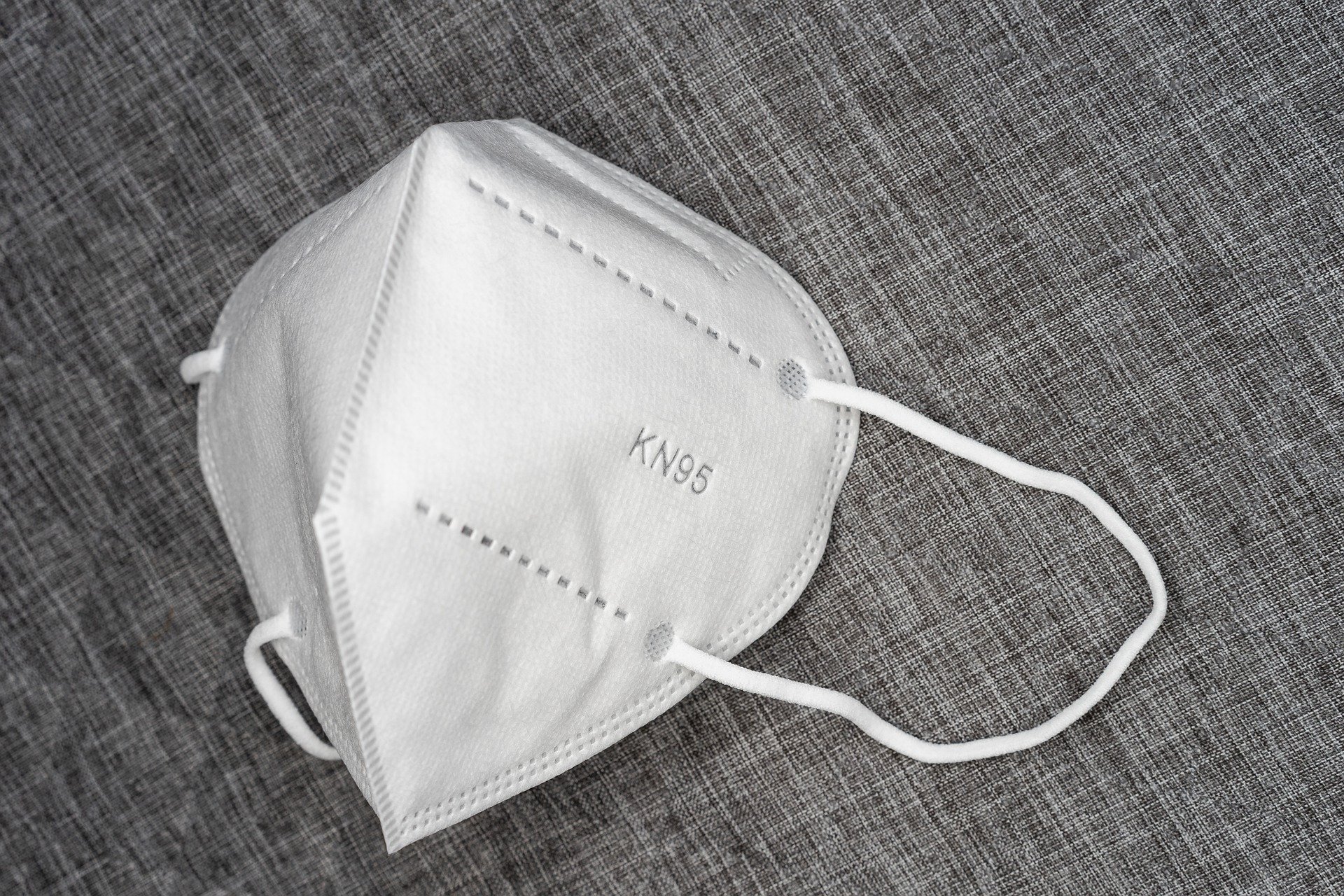Starting Monday, anyone using public transportation or going shopping in Austria will have to hang up their cloth masks and switch to the more effective FFP2 masks. The futurezone has already explained how these can be reused under certain circumstances. However, many who have already become accustomed to the fabric mask wonder if FFP2 really makes that much of a difference, especially since it is much more strenuous to wear than the less protective mask alternatives.
FFP2 also beats medical mask
According to aerosol researcher Bernadett Weinzierl of the University of Vienna, there is no way around FFP2 masks as a building block in a package of measures if you want to protect not only your surroundings but also yourself. This is because, compared to fabric masks, but also to Type II medical face masks, these not only filter large particles and droplets, but also provide continuous protection for practically all particle sizes with an efficiency of over 94 percent.
The prerequisite, of course, is that the masks are worn properly, i.e., fit tightly on the face, and that they are certified products. These must have the CE mark and a four-digit number printed on the mask.
“Of course, it is always true that any mask is better than no mask. But the differences between the various types of masks are very large,” Weinzierl explains in an interview published by futurezone.at. Even medical masks quickly reach their limits when it comes to filtering coronaviruses. Although they efficiently filter the smallest and largest particles, like FFP2 masks, they paradoxically have a hard time with medium-sized aerosols under 300 nanometers in size. In addition, they seal far less well than FFP2 masks.
Complex behavior of aerosols
The fact that medium-sized aerosol particles can slip through the filter of a mask, while nanometer-sized particles cannot, may sound surprising. According to Weinzierl, however, this has to do with the fact that several mechanisms come into play. The smaller the particles, the more they are in motion.
The fact that fabric masks can protect others from corona transmission, at least to some extent, has to do with the fact that the exhaled aerosol particles are relatively large due to the adhering moisture and are thus retained by the mask. They are therefore less efficient for self-protection, since particles shrink with longer residence time in the room air, i.e. they can penetrate the fabric from the outside.
In addition to the material used, it is also crucial how well the mask fits. If it doesn’t, efficiency decreases accordingly. “It’s like a gas leak. Some of the gas remains in the line, but gas also escapes to the outside through the leak. With masks, air usually escapes upward next to the nose. People who wear glasses can easily check this if their glasses fog up,” says Weinzierl. Medical adhesive tapes can provide a remedy here.
“Wear the mask, keep your distance, wash your hands and ventilate well.”
The fact is, however, that if the mask does not fit tightly on the face – due to a beard, for example – that is naturally an issue. “Anyone who wants to protect others and, by means of FFP2, themselves as well, should consequently ensure that the mask is as tight as possible,” advises Weinzierl. At the same time, he adds, it’s always about an overall package of measures to protect yourself: “Keep your distance, wash your hands, and ventilate well indoors.”
- source: futurezone.at/picture: pixabay.com
This post has already been read 1914 times!



